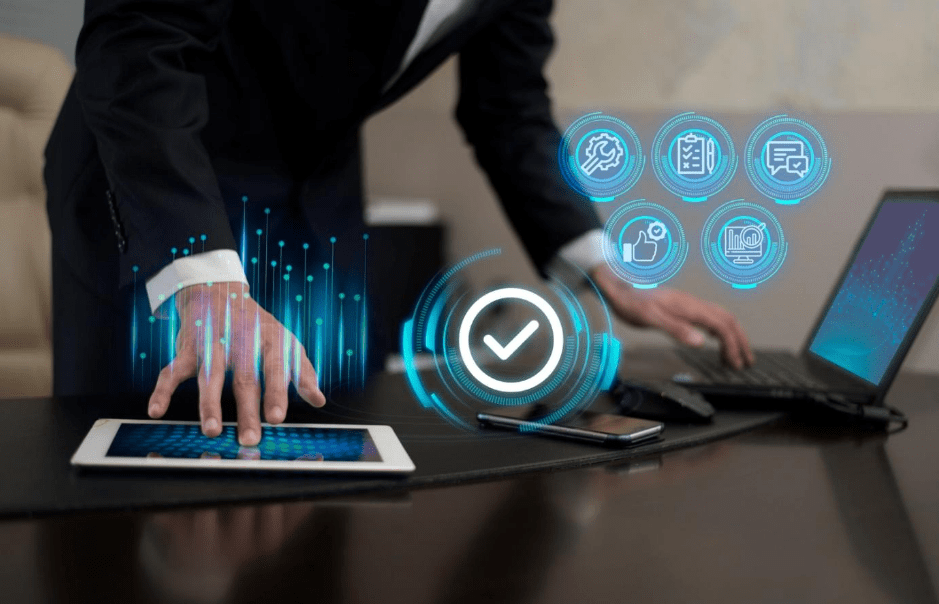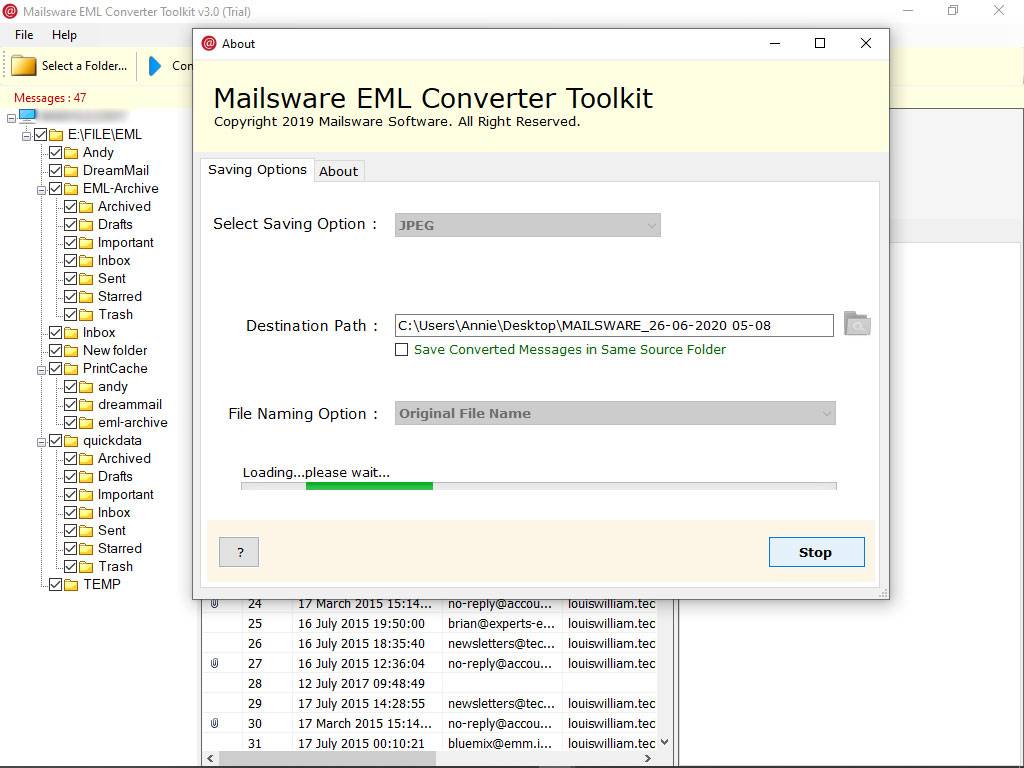The Internet of Things (IoT) is one of the most revolutionary technological advancements of our time. It has the potential to revolutionize the way we live, work, and interact with technology. From concept to reality, the possibilities of IoT are endless. In this blog post, we will explore the history of IoT, the current state of the technology, and how it is poised to change our lives shortly. We will also discuss the challenges and opportunities associated with this technology, and guide how to get started. Join us as we dive into the exciting world of IoT! The Internet of Things (IoT) is transforming the way we interact with our physical environment, from cars to homes and beyond. Although it’s been around in concept form for some time, its implementation has finally reached the mainstream. With a vast technology database to draw from, the possibilities of what can be accomplished with IoT are seemingly endless. In this blog post, we’ll take a look at how IoT is moving from concept to reality.
What is IoT?
IoT stands for the Internet of Things, which refers to the network of physical devices, vehicles, home appliances, and other objects that are embedded with sensors, software, and connectivity to enable them to connect and exchange data with each other and with other internet-enabled devices and systems.
In simple terms, IoT is all about connecting everyday objects to the internet, allowing them to send and receive information and perform tasks remotely. For example, a smart thermostat can connect to the internet to adjust the temperature in your home based on your preferences and behavior patterns, while a smart refrigerator can alert you when you’re running low on groceries or suggest recipes based on the ingredients you have on hand.
The concept of IoT has been around for several decades, but it’s only in recent years that it’s gained widespread adoption and popularity. Today, IoT is considered one of the key drivers of the fourth industrial revolution, with the potential to transform industries, cities, and societies in profound ways.
The Evolution of IoT
The concept of connecting devices and machines to the internet to gather data and automate processes dates back to the late 20th century. However, it was only in the 2000s that the term Internet of Things (IoT) was coined. Since then, IoT has evolved and transformed significantly.
The first wave of IoT was focused on Machine-to-Machine (M2M) communication. This was largely used for monitoring and controlling remote machines such as oil rigs, pipelines, and turbines. With the emergence of wireless communication technologies like Wi-Fi, Bluetooth, and cellular networks, IoT became more feasible and cost-effective.
The second wave of IoT involved the proliferation of sensors, actuators, and data analytics. This enabled real-time data collection and analysis, providing insights that could be used to optimize operations, improve customer experiences, and create new business models. IoT applications started to appear in various industries, including healthcare, transportation, agriculture, and smart homes.
The third wave of IoT is where we are today. It involves the integration of IoT with other technologies like Artificial Intelligence (AI), Machine Learning (ML), and Blockchain. IoT devices are becoming more intelligent and autonomous, able to make decisions based on the data they collect. This is leading to the creation of more advanced IoT applications such as autonomous vehicles, smart cities, and Industry 4.0.
The evolution of IoT is not slowing down, as more advanced technologies and new use cases continue to emerge. The development of 5G networks will further accelerate the growth of IoT, enabling faster and more reliable connectivity. As IoT continues to mature, we can expect to see even more innovative applications that transform the way we live, work, and interact with the world around us.
How IoT Works
The concept of IoT may seem complex, but it can be easily understood through a simple analogy. Think of IoT as a digital nervous system where each device is like a neuron transmitting information to the central brain, i.e., the cloud. This network of devices, sensors, and software applications work in unison to gather data, analyze it, and provide valuable insights to businesses and individuals alike.
At its core, IoT works by connecting devices to the internet, which allows them to exchange information and communicate with each other. This communication happens through various channels like Bluetooth, Wi-Fi, and cellular networks. IoT devices are equipped with sensors that collect data on a range of parameters like temperature, humidity, location, and more. This data is then transmitted to the cloud, where it can be analyzed, and insights can be generated.
To make this happen, IoT systems are powered by four key technologies:
1. Sensors: These devices capture real-time data from the environment and send it to the cloud.
2. Networks: IoT devices connect to the internet via various network technologies like Wi-Fi, Bluetooth, cellular networks, or a combination of these.
3. Data Analytics: IoT systems rely on big data analytics to process and derive valuable insights from the vast amounts of data collected by the sensors.
4. Applications: IoT applications leverage the insights generated by data analytics to improve processes, drive efficiencies, and enhance customer experiences.
IoT systems can be further categorized into two types: Industrial IoT (IIoT) and Consumer IoT (CIoT). IIoT is used to monitor and optimize industrial processes like manufacturing, supply chain management, and logistics. On the other hand, CIoT is geared towards enhancing the lives of consumers, from smart homes to wearables.
IoT Applications and Examples
The potential applications of IoT are almost limitless, from consumer devices and home automation to industrial processes and smart cities. Here are some examples of how IoT is being used in various industries:
Healthcare: Wearable devices that monitor vital signs and medication adherence, remote patient monitoring systems, and hospital asset tracking.
Manufacturing: Real-time monitoring of equipment performance and maintenance, supply chain management, and worker safety monitoring.
Transportation: Smart traffic management systems, connected cars, and real-time monitoring of public transportation.
Smart homes: Connected thermostats, smart lighting, home security systems, and voice-controlled assistants.
Agriculture: Crop monitoring and irrigation, precision farming, and animal tracking.
Retail: Inventory tracking, customer experience personalization, and supply chain management.
Utilities: Smart grid management, real-time monitoring of water and gas consumption, and energy usage optimization.
Sports: Wearable sensors for athletes, connected equipment, and real-time tracking of performance data.
Overall, IoT has the potential to transform virtually every industry and make our lives easier, more efficient, and more connected.
Stay tuned for our next section on the benefits and challenges of IoT.
Benefits and Challenges of IoT
As with any emerging technology, IoT has its own set of benefits and challenges that need to be considered. Let’s take a look at each.
Benefits of IoT:
1. Efficiency: IoT can increase efficiency and productivity in industries such as manufacturing and transportation by allowing machines to communicate with each other and make decisions based on real-time data.
2. Cost savings: IoT can help reduce costs by optimizing resources, reducing energy consumption, and minimizing downtime.
3. Improved safety: IoT sensors and devices can monitor workplace conditions, detect hazards, and prevent accidents.
4. Enhanced customer experience: IoT devices can provide personalized and relevant information to customers, leading to improved customer satisfaction.
Challenges of IoT:
1. Security: With the increase in connected devices, the potential for security breaches increases. It is crucial to have proper security measures in place to protect sensitive data.
2. Interoperability: With a wide variety of IoT devices from different manufacturers, it can be a challenge to ensure that all devices are compatible and can communicate with each other effectively.
3. Data privacy: IoT devices collect a large amount of data, raising concerns about how that data is stored, shared, and used.
4. Cost: Implementing IoT can require significant upfront investments in infrastructure, hardware, and software, making it a challenge for smaller businesses to adopt.
Despite these challenges, the benefits of IoT are significant, and the technology is expected to continue to grow in popularity. As more businesses adopt IoT, we can expect to see continued innovation in the field and increased focus on addressing these challenges.
The Future of IoT
The future of IoT is undoubtedly exciting, as it holds the potential to revolutionize the way we live and work. In the coming years, we can expect to see an even greater number of devices and sensors connected to the internet, generating vast amounts of data that can be used to drive innovation and efficiency.
One area that is likely to see significant growth is the industrial Internet of Things (IIoT). Companies are increasingly looking to harness the power of IoT to improve their operations, to reduce costs, improve safety, and enhance productivity. The manufacturing sector, for instance, is using IoT to monitor equipment performance and maintenance needs, while the healthcare industry is utilizing it to monitor patients remotely and enhance clinical decision-making.
We can also expect to see IoT becoming more ubiquitous in our daily lives. The smart home market is projected to grow exponentially over the next few years, as consumers embrace the convenience of controlling their devices and appliances remotely via their smartphones. From turning on the lights to adjusting the thermostat, the possibilities are endless.
One of the most exciting aspects of the future of IoT is its potential to create a more sustainable world. Smart cities, for example, could use IoT to optimize energy usage, reduce traffic congestion, and monitor air quality. IoT sensors could also be used to monitor water usage and identify leaks, helping to conserve this precious resource.
Of course, as with any emerging technology, some challenges need to be addressed. Privacy and security are key concerns, and as IoT becomes more pervasive, we will need to ensure that personal data is protected and secure. Interoperability between devices and systems is another challenge, as the sheer number of devices and platforms could lead to compatibility issues.
Conclusion
The concept of IoT has evolved over the years from a mere idea to a tangible reality that has impacted our daily lives in profound ways. IoT has become an indispensable tool in industries ranging from healthcare, agriculture, transportation, manufacturing, and beyond. It is also helping individuals make more informed decisions and improve their lifestyles.
IoT has provided numerous benefits such as increased efficiency, improved productivity, enhanced accuracy, and reduced costs, among others. Despite these benefits, IoT still faces several challenges such as security concerns, privacy issues, and interoperability problems that need to be addressed.
The future of IoT is promising, and we can expect to see even more innovations and advancements in this field. The potential for IoT is endless, and as we continue to unlock new opportunities, we can expect to see even more benefits.

HEY ! I’m Nil (Founder of OnlineDrifts.com), Digital Marketer, Affiliate Marketer and a blogger writing about blogging tips, SEO, Tech Tips etc.

![[Solved] How to Recover Deleted Tasks in Outlook](https://onlinedrifts.com/wp-content/uploads/2020/02/recover-deleted-tasks-in-outlook.png)


